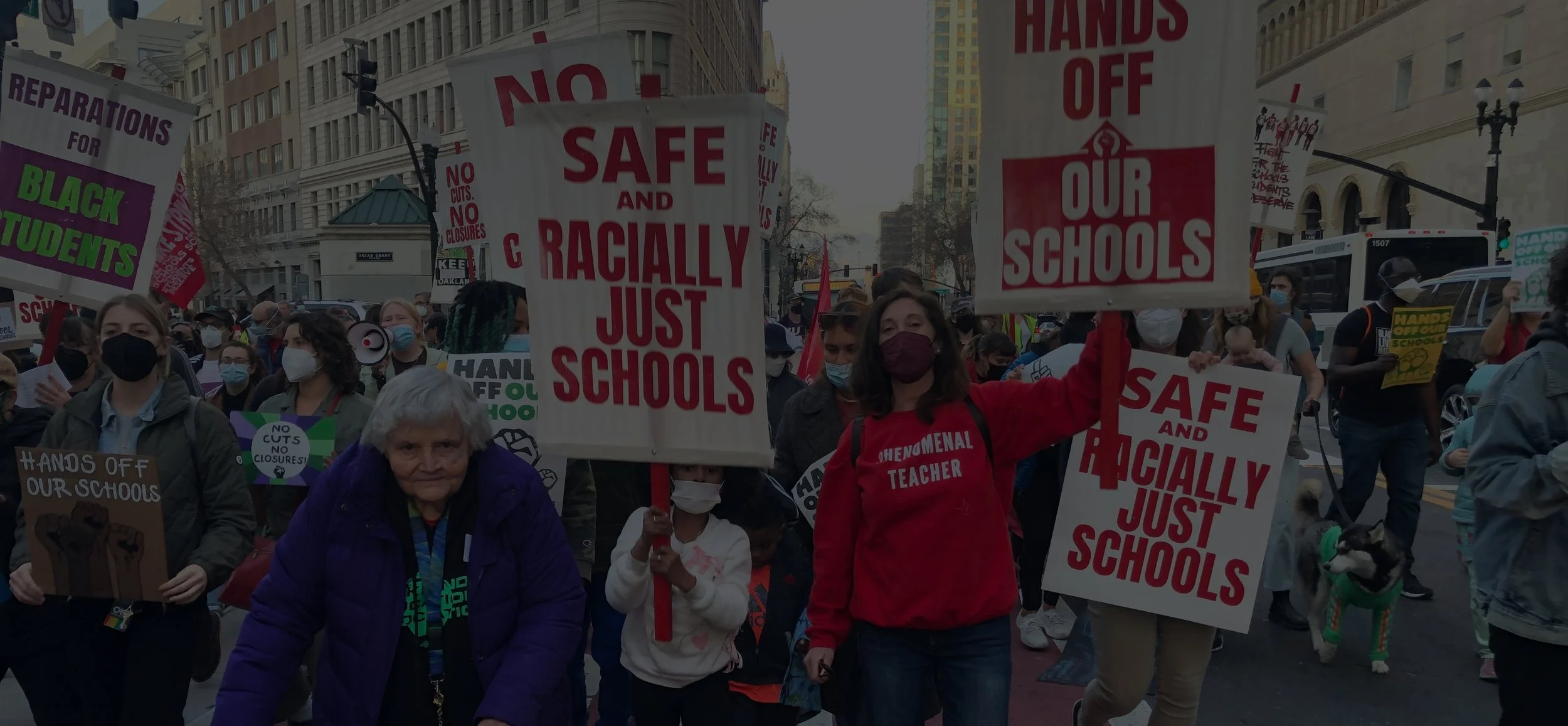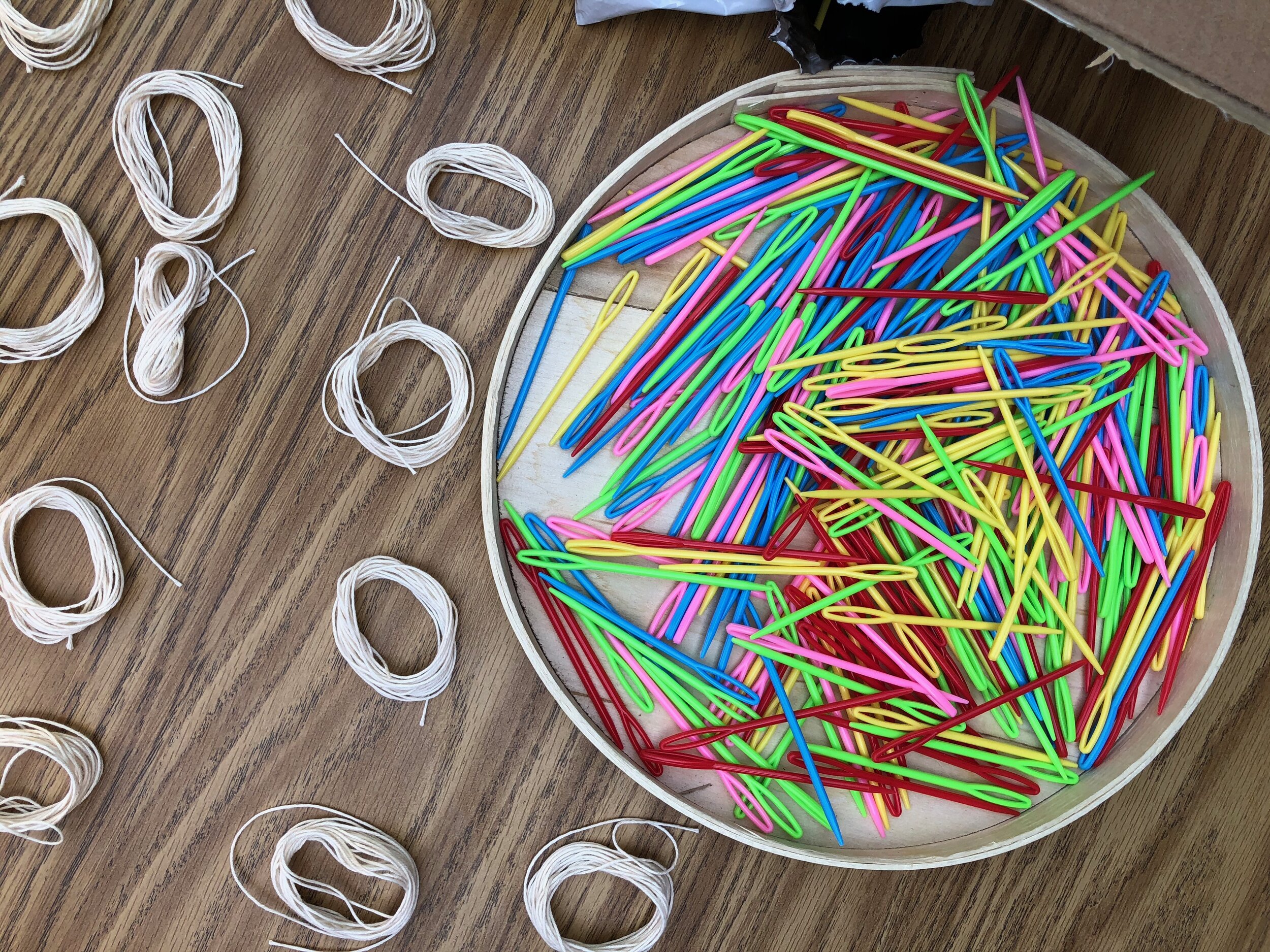Who is your crew?
In the following IGNITE talk, How do we Keep our Roots Alive? Quinn Ranahan shares her story as a teacher in East Oakland and her radical engagement with systems thinking. By looking closely at the systems that impact school closures and other inequities, she asks,
“How can we challenge the system? Which system will you disrupt?”
Quinn also points to the essential power of relationships that are made along the way. It is our teacher friends who are holding similar intentional questions around equity, teacher agency and systems change that will keep us tethered to our values and guide us back toward joy when we need it most.
How do we Keep our roots alive?
Having a crew that supports you along the way is at the core of the Agency by Design Fellowship. This is especially true when faced with the turbulence of school closures, budget cuts, and a pandemic that shifts everything we love to a distance. In her IGNITE video segment, Quinn shares the story of her previous school, Roots International, and introduces us to her crew that was broken apart by school closure. The Agency by Design Oakland fellowship offered an opportunity to find new co-conspirators. In the photo below Quinn’s fellowship crew enjoyed moments reflecting and laughing in their last breakout room. Top left to right: Chantel Parnell, Quinn Ranahan. Bottom left to right: Sydney Dexter, Bianca Shiu.
Find your crew. Do it Together.
Now Seeking Teams for the 2020 - 2022 Agency by Design Oakland Teacher Fellowship Program. Learn more here or register to join a Zoom information session July 30 @3pm. Submissions due August 15, 2020.
More Ignite talks:
2017 - Keenan Scott, Making Computer Science Relevant in the Hood
2018 - Cicely A. Day. Creativity and Discovery of Self
2019 - Fatimah Salahuddin. Letting go of Power: Who is the Teacher?
REcommended reading and viewing
Abolitionist Teaching and The Future of Our Schools. A conversation hosted by Haymarket Books with Bettina Love, Gholdy Muhammad, Dena Simmons and Brian Jones about abolitionist teaching and antiracist education.






























